Fall’s Sneaky Arrival
You know that moment… the leaves start to tumble, mornings are finally sweater-worthy again—and suddenly, your kid wakes up burning with a fever. It’s never just sniffles, is it? There’s always that little voice in your head whispering: Uh-oh, is it flu season already? If you’re reading this, I’m guessing you’ve felt that exact knot in your stomach—the one that comes with every back-to-school season or busy commute on a packed bus.
But here’s the thing: forewarned is forearmed. Every year we ask ourselves, when does flu season start? Predicting it is a little like looking for the exact day the weather turns chilly—it doesn’t follow a strict schedule but, wow, it’s helpful when you can read the signs.
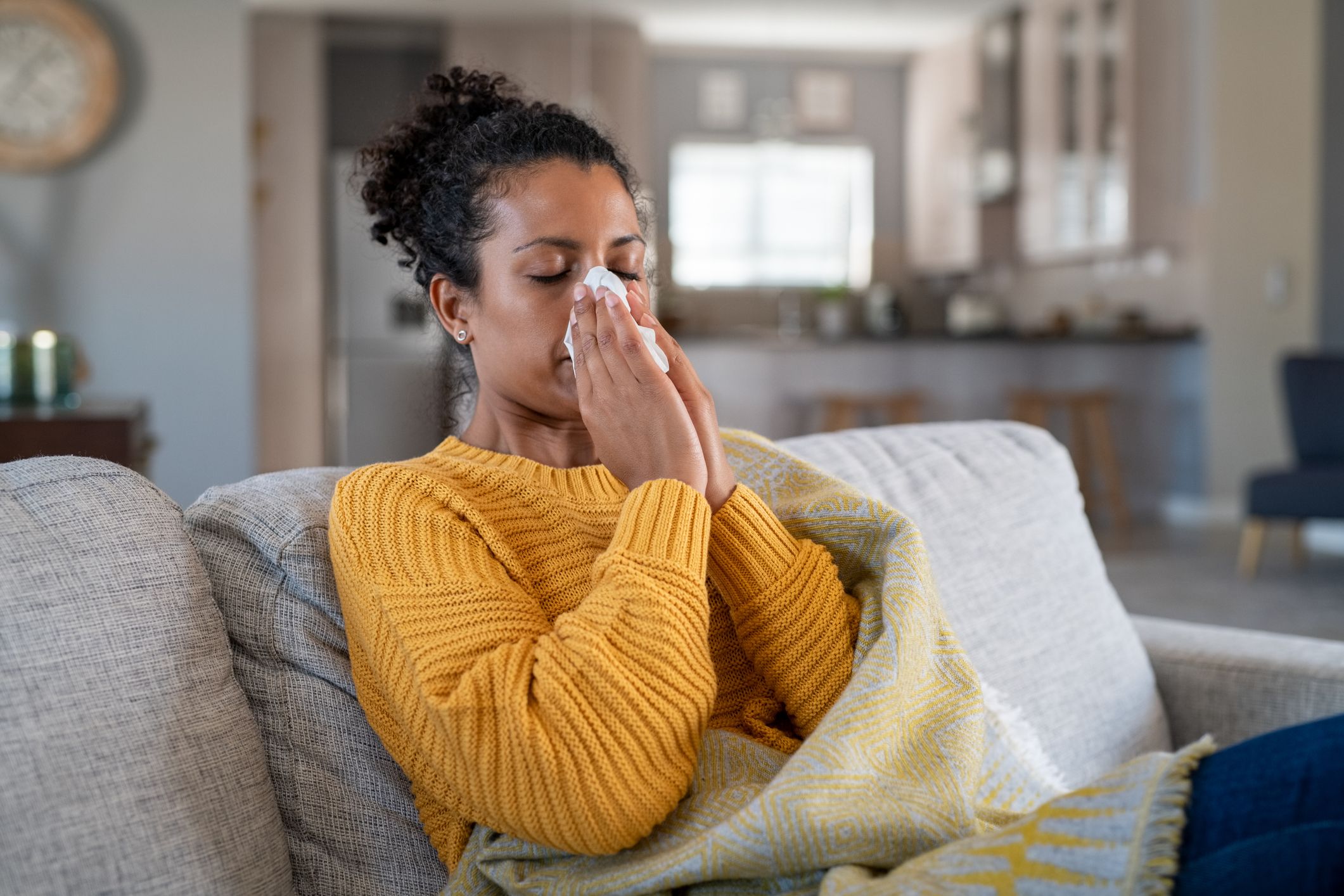
What Really Kicks It Off?
So, have you ever noticed how as soon as cold weather sneaks in, sneezes and coughs start echoing everywhere? That’s not just coincidence. Flu season, according to the CDC and Canadian public health, typically begins in the fall—think October-ish for most of us in the Northern Hemisphere. The viruses that cause influenza (mostly A and B types) just love chilly weather and crowded, cozy places—schools, offices, Grandma’s Thanksgiving dinner table. That’s their ideal playground.
But why does it feel like it comes out of nowhere? Here’s my theory: everyone spends late summer outside, and suddenly we’re shut indoors with the windows up. One shared sneeze on a crowded subway and (yep) flu season gets a jump-start. And trust me, I learned that lesson the hard way last October when my “I never get sick” streak came crashing down—just days before Halloween, naturally.
Why Timing Changes—Every. Single. Year.
If only viruses followed the school calendar, right? The tough reality is: when does flu season start? It can shift a week, or even a month, depending on the year, how cold it gets, and which strains show up to the party (research on regional peaks backs this up). Some places in the US get hammered early—like December, while others, especially the Northeast, tend to peak later, sometimes mid-winter (see CDC regional timing).
But if you want a general rule? October is almost always the kickoff, so that’s when I start eyeing those hand sanitizer bottles at the grocery store.
How Long Does Flu Season Drag On?
Brace yourself: it’s a marathon, not a sprint. Flu season can last from October straight through April or even May. (That’s, like… half a year? Ugh.) The CDC, Canadian health experts, and honestly, all the sniffly people at daycare, agree on this.
But there’s good news. If you know the when does flu season start basics, you can get ahead of the worst weeks—usually right in the depths of winter. (Let me tell you, in January, my household becomes a piggyback relay race of runny noses!)
So, What Month Is the Worst?
This one’s for anyone who likes being prepared: December, January, and February are flu’s favorite times to hit hard. The CDC says February is statistically most likely to see peak numbers—so if you’re planning any major winter events, keep extra tissues handy. The facts are right there in what month is flu season, the worst, and it’s a safe bet every single year.
Peak Explained (With Real Numbers)
| Month | US (2024-25) | Canada (2024-25) |
|---|---|---|
| December | Rising cases | Positivity climbing |
| January | Very high | High |
| February | Peak | Peak |
| March | Starting to drop | Starting to drop |
If you’re the kind who likes to know “how bad will this get?”, February is almost always the answer according to what month is flu season, the worst and heaps of CDC data.
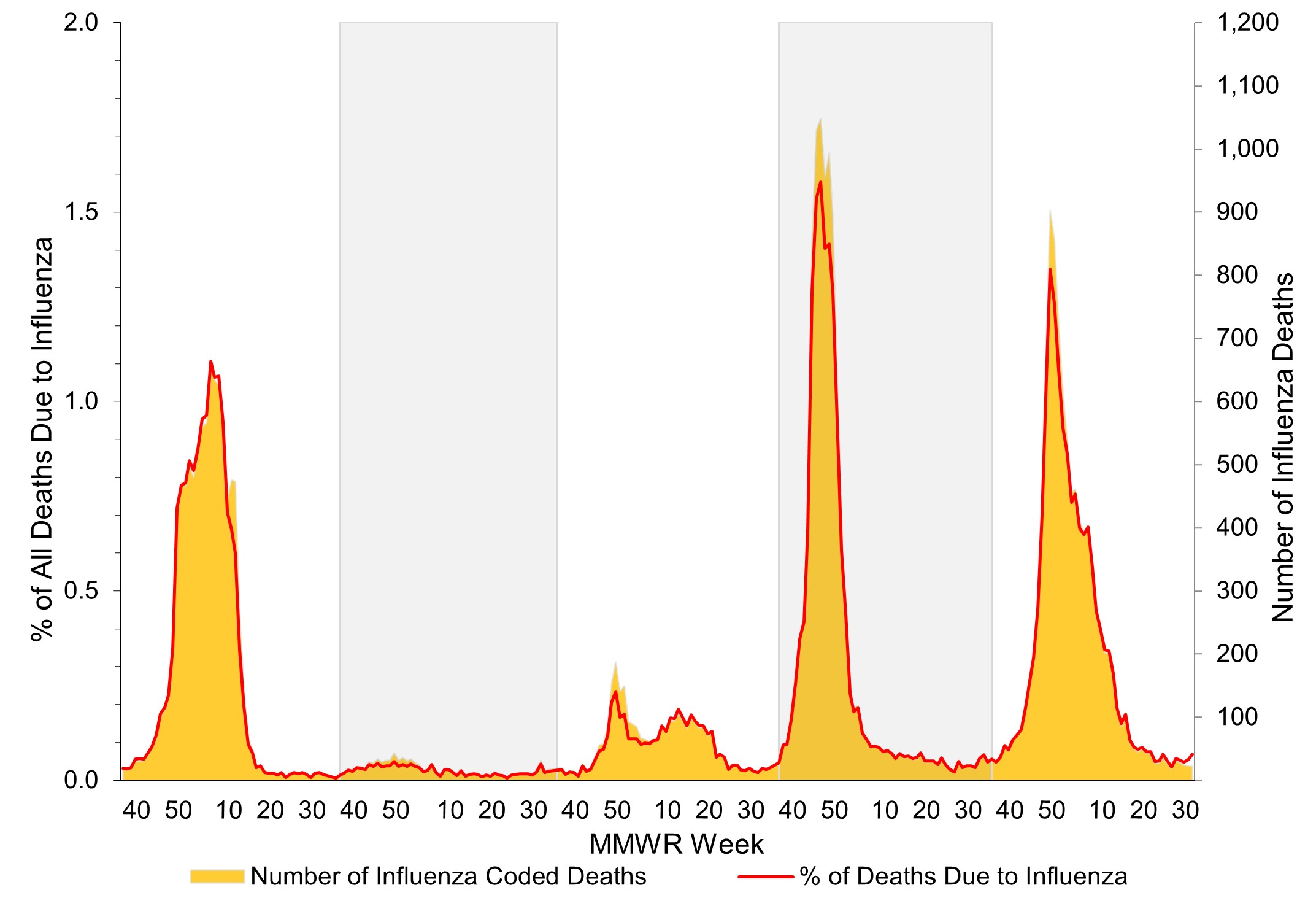
Why Families—Yep, Especially Parents—Get Hit Harder
Okay, confession time: as a mom, nothing derails my winter plans quite like the dreaded “fever phone call” from my kid’s school. I swear, kids are adorable little germ machines. They hug, high-five, and (I’m not kidding) sometimes sneeze directly onto their friends. School pickup turns into “who’s coughing now?” bingo.
Kids under five, elderly folks, and anyone with a chronic health condition are extra vulnerable—seriously, we saw record-high flu hospitalizations last winter, and small children were hit the hardest. (Want the gritty details? Check out CDC’s flu burden estimates—it’s eye-opening.)
But it’s not just physical risk—it’s the mental toll, too. Juggling work, sick leave, missed sports, relatives who need extra care… It’s like a high-stakes puzzle no one asked to play.
A Little Life Story: “The Survival Kit That Wasn’t”
True story—last winter I assembled a “flu survival kit.” It had tissues, vitamin C, herbal teas, new thermometers. Felt like Supermom… for two days. The flu rolled through anyway, knocking out each member of my family, one by one. Next year, lesson learned: who knew soup and cartoons would trump vitamin gummies?
Let’s Talk Prep: What Actually Works?
If I could whisper one piece of advice as your slightly-overwhelmed, well-meaning friend: start getting ready now. Early! Don’t wait for the cough to hit. The standard advice—and it really is golden—is to get your flu shot before Halloween. Why so soon? Because it takes a couple of weeks for immunity to kick in. And after the past season’s rough ride (CIDRAP highlights the spike), most of us don’t want to gamble.
when does flu season start talks about starting vaccination as soon as shots are widely available—usually late September or early October. Honestly, it takes ten minutes and is often free at pharmacies. (Little tip: bring headphones for your kid’s distraction and a lollipop for courage. Works wonders.)
Which Flu Shot Should I Get?
Good question! You’ve got options. If you’re over 65, those higher-dose or “adjuvanted” vaccines are made just for you (fancy term, but it just means a little extra oomph for senior immune systems). Pregnant? Yes, you, too! Babies as young as six months are eligible, so talk to your doc if you’re unsure.
Vaccine Choices: Quick Comparison
- Standard flu shot: Recommended for anyone over 6 months—solid, reliable protection.
- High-dose/adjuvanted: Specifically for folks 65+; helps boost sluggish immune responses.
- Combo trips: Did you know you can often get your COVID and flu shots together? Saves time and stress.
Real talk? Last year I booked my whole family’s vaccines in one go—that turned a “ugh, another errand” moment into an excuse for post-shot donuts.
Everyday Habits That (Actually) Help
I know… You’ve heard the “wash your hands” speech before. But, honestly, it’s worth repeating. Clean hands plus wiping down doorknobs and encouraging your kids not to share every single thing at school makes a bigger difference than you’d think. Canada’s public health campaigns basically shout this from the rooftops.
Funny enough, in my house, we made using hand sanitizer into a silly game. “Spot the sanitizer!”—winner gets to pick the bedtime story. Turns germ-fighting into something that sticks, and honestly, my living room has never looked so tidy (who knew cleaning could be a competition?).
Flu vs. Cold: Can You Even Tell?
I’ll be honest: the first sign of a sore throat, I’m always asking myself… is it just a cold, or do I need to start prepping that chicken soup and bunkering down for a week? Spotting the difference matters—a lot!
Flu symptoms come on fast: fever, chills, serious muscle aches, whole-body fatigue. Colds? They kind of creep in… milder, maybe a sniffle, a cough, a few days of “ugh.” According to Tylenol and CDC guidance, here’s a breakdown that I find way easier to remember than a string of symptoms:
Flu vs. Cold: Quick Table
| Symptom | Flu | Cold |
|---|---|---|
| Onset | Sudden | Gradual |
| Fever | Common, high | Rare/mild |
| Muscle aches | Often severe | Mild/uncommon |
| Fatigue | Extreme | Low/brief |
| Stuffy nose | Sometimes | Common |
Here’s how I remember: if my energy disappears overnight and pajamas feel like the answer to every question, it’s probably flu.

Debunking the Myths (Because, Ugh, The Rumors Never Stop)
Let’s be real: there’s always someone at a holiday party who swears the shot “gave them the flu.” But, according to years of research, that’s just not possible—the vaccines only use inactivated (dead) viruses or protein bits, so they literally can’t cause flu. If you got sick after your shot, it’s because A) you already had the virus brewing, or B) your immune system is busy gearing up to protect you.
Another one? “Healthy people don’t need shots.” Wish that were true… but even marathon runners and salad lovers catch the flu. Young, otherwise-healthy folks are the ones who tend to spread it around (I’m side-eyeing my cousin who never covers his sneezes).
Ready for the Real Plan? Let’s Keep It Simple.
So much info out there, right? What sticks for me—year after year—is dialing it back to basics. Mark your calendar for October. Line up those flu shots (especially for the kids!). Embrace obsessive handwashing.
But, most importantly—be kind to yourself. If you or your family gets sick, let things slow down and skip the guilt. Rest, watch some silly TV, and remember: even the best preparations can’t prevent everything. (And don’t be afraid to text your friends for extra soup or a meme or two.)
For more on when does flu season start and for a detailed look at what month is flu season, the worst, those links are always handy when you need a refresher or want the latest CDC wisdom.
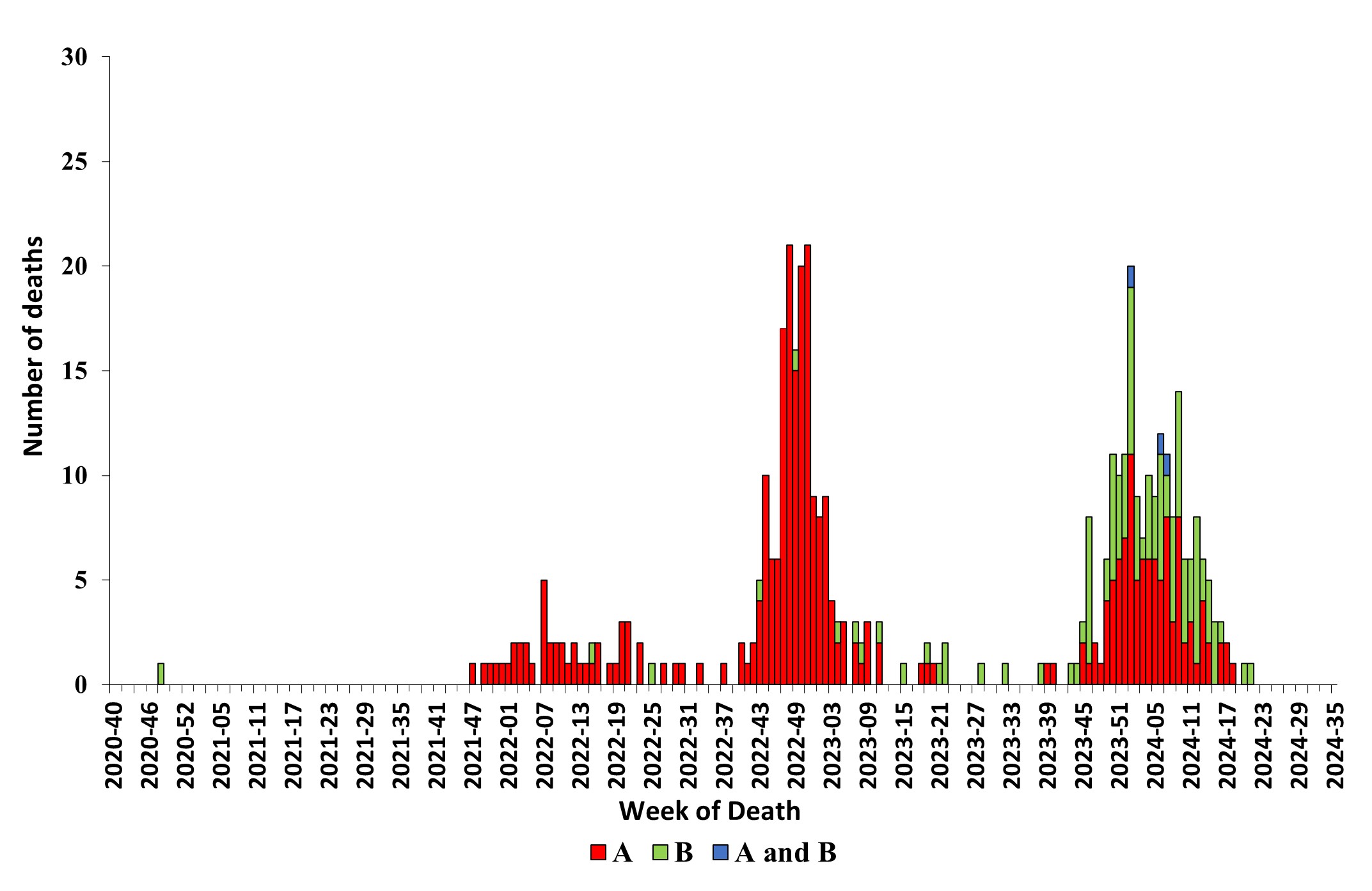
Wrapping Up—Flu Season, Handled (Mostly)
If you’ve made it this far, you’ve got the toolkit: when does flu season start (usually October), when does it hit hardest (think December through February), and what tiny-but-mighty steps can make a real difference. Take it from someone whose winter laundry pile has seen one too many sick days. We can’t control when flu season barrels in, but a bit of planning—a quick shot, a round of sanitizer hide-and-seek, a stocked soup cabinet—makes the hard parts less overwhelming, and the cozier parts so much sweeter.
What’s your next step? Maybe it’s scheduling that vaccine, teaching your kid the world’s best sneeze-dab technique, or texting a friend to remind them too. Whatever you choose… here’s to more good days, fewer sick days, and a little peace of mind every time cold winds (and flu season) roll in.








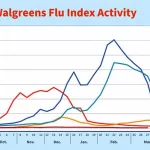





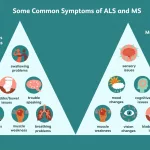

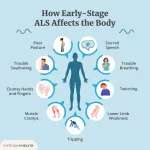
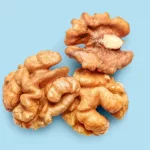
Leave a Reply
You must be logged in to post a comment.